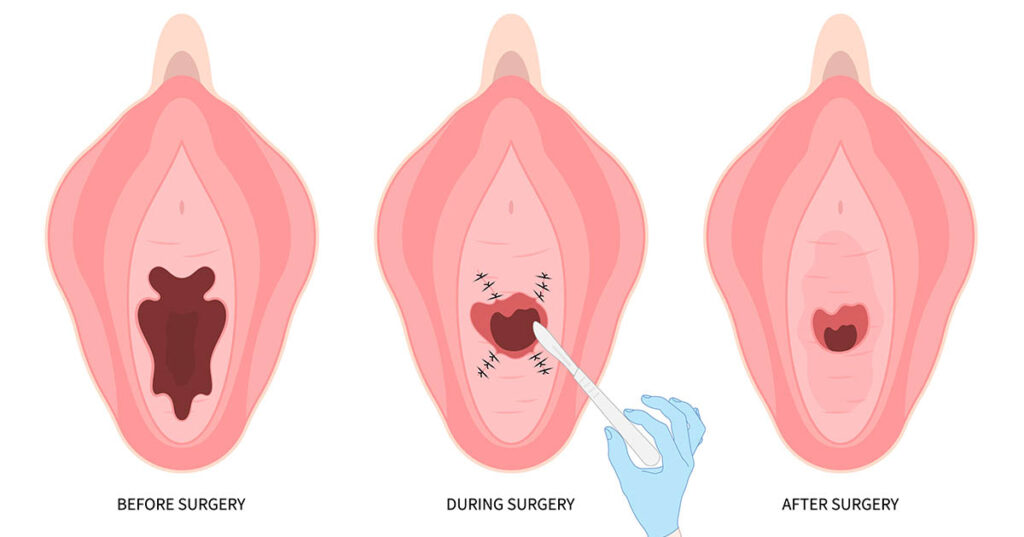What Is the Hymen? – Structure, Causes of Tearing & Common Myths
The hymen (derived from Hymenaeus, the god of marriage in ancient Greek mythology) is a thin, elastic tissue approximately 2–3 mm thick, located 2–3 cm inside the vaginal opening. It partially covers the entrance of the vagina and is surrounded by delicate capillaries.
The hymen can have different anatomical shapes, with the most common form being crescent-shaped. Its structure varies naturally from person to person.
Is the Hymen a Real Membrane?
Despite its name, the hymen is not a true membrane. It does not completely block the vaginal opening and has no proven anatomical function. Some medical theories suggest that it may play a minor protective role against microorganisms before puberty, but this has not been scientifically confirmed.
When and How Does the Hymen Tear?
The hymen may lose its integrity during the first vaginal penetration, which is why slight bleeding may occur in some women. However, bleeding is not universal and does not happen in all cases.
Importantly, the hymen can also be stretched or torn due to non-sexual activities, such as:
Cycling or horseback riding
Falls or physical trauma
Masturbation
Sports or intense physical activity
Friction or partial penetration
Because the hymen is elastic, in some women it may stretch without tearing or bleeding.
Congenital Variations
The hymen develops during the embryonic period, and anatomical variations are completely normal. Approximately 1 in every 1,000 women is born without a hymen, which is a natural condition and not a medical abnormality.
Hymen, Fear & Vaginismus
Lack of accurate sexual education often leads to fear, anxiety, and misconceptions about the hymen. One of the most common fears is that the hymen will inevitably tear, bleed excessively, and cause severe pain.
This fear is a major contributing factor to vaginismus, a condition characterized by involuntary vaginal muscle contraction that makes intercourse painful or impossible. Proper sexual education and medical guidance can significantly reduce these fears and prevent unnecessary psychological distress.
Medical Perspective
From a medical standpoint:
The hymen is not a reliable indicator of virginity
Its condition varies greatly among individuals
Bleeding and pain are not mandatory outcomes of first intercourse
Accurate information and professional counseling play a key role in maintaining both physical and psychological sexual health.


